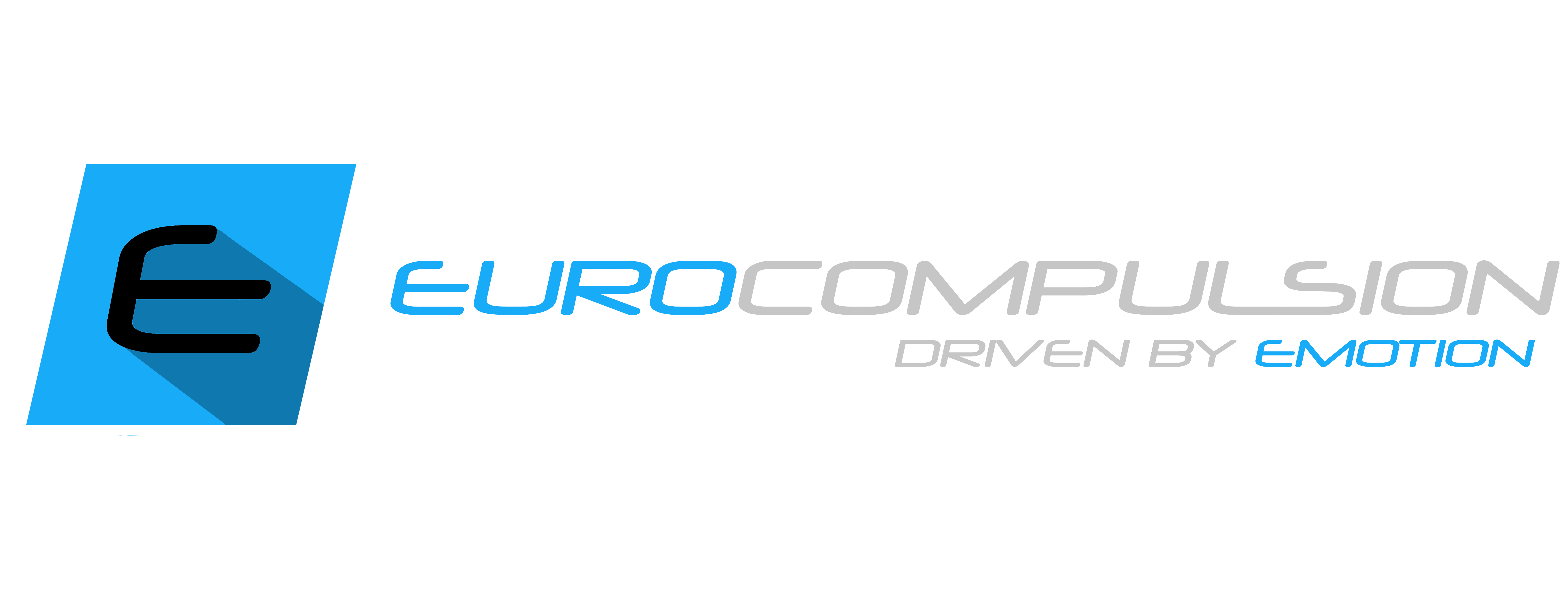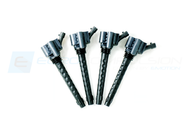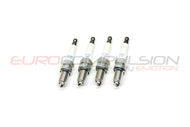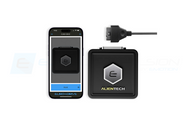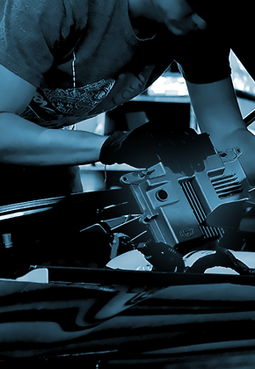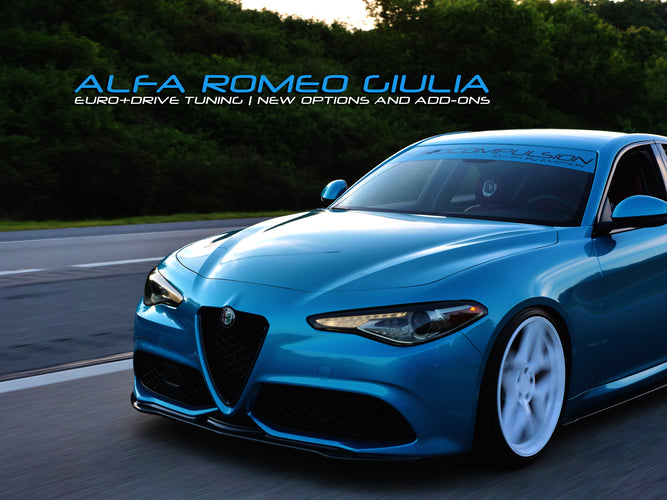The EURO+DRIVE® ADD-ONS currently allows Giulia/Stelvio users to select a calibration add-on for pops and bangs exhaust mapping.
As of now, this add on also allows users to set their Auto Start/Stop button to OFF by default when the ignition is turned on. This enables the user to preserve the use of the feature should they want to use it later on, without having to disable it each time they turn on the vehicle.
This add on package also offers an option for optimization of a high flow cat, or catless downpipe. This is an upgraded map designed to take advantage of this specific modification while avoiding any errors or DTC messages. This feature can be selected for an additional charge as it is an upgraded map.
The add on can be purchase here: https://shopeurocompulsion.net/collections/alfa-romeo-giulia-engine/products/euro-drive-add-ons-alfa-romeo-giulia-stelvio-2-0l
EURO+DRIVE® ADD-ONS FEATURES:
- Adds Pops and Bangs Exhaust Mapping (Exhaust Overrun) (Standard)
- Adds Auto Start/Stop Default OFF (Standard)
- Adds Upgraded Map for optimization of a Hi Flow CAT/Catless Downpipe (additional charge)

This fall, we began installing and testing on a new high flow downpipe specifically made for the Giulia and Stelvio by Centerline Alfa. Our primary goal was to observe changes to the powerband both on the road and dyno, and also document any power increases or benefits that could be extracted from the car with the downpipe installed.
Previously, we have worked with a handful of customers who have installed catless downpipe units as well with various tune changes and observations as part of the process. All have had positive results.
This high flow downpipe from Centerline is a 100-200cell downpipe. It is emissions testing friendly, and thus far has not revealed a DTC code or check engine light post install.

The Giulia was put back on the dyno to retrieve initial numbers for our P2 setup prior to installing the downpipe. The last time the Giulia was dyno tested was at the beginning months of the year, so we wanted accurate results seeing as the environmental variables would be different.
The first set of runs were done on P2, the Centerline catback exhaust, and our V2 intake.
After installation of the downpipe, we ran the car with no tune changes. Then, we incorporated some additional changes to the tune to suit the downpipe.
OBSERVATIONS:
Upon initial install of the downpipe, we noticed that the lower end of the powerband, specifically where peak torque occurs, was much more responsive, and the higher end of the powerband contained a bit more power, but was much smoother than before. Differences were felt more significantly on the road, and the dyno results showed modest increases.
The sound of the exhaust also changed, not so much in intensity, but in tone.
(We will have a video up shortly of the car in action).
Based on this information, we were able to make a few tune changes to maximize peak torque, as well as drivability with the downpipe.
After tune changes, the car picked up slightly more power in the mid range than before, and peak torque was able to extend longer throughout the powerband, as well as increase the top end power gains.
Most notable was the way the car drove on the road. The powerband felt much cleaner, stable, smoother, and linear. We feared the car may lose some of its responsiveness with the change in downpipe, but that was not the case, the car was more responsive on the road than before.

Included with the downpipe option, we will be able to add these tune changes or similar to anyone running a high flow catted downpipe or catless downpipe. For those running the catless downpipe or higher flow cat, we will also be able to neutralize the P0420 that is most likely to occur. These gains above are with the high flow catted downpipe from Centerline, so those running a catless downpipe may see different or increased results (including sound) depending on the type of exhaust and downpipe.
